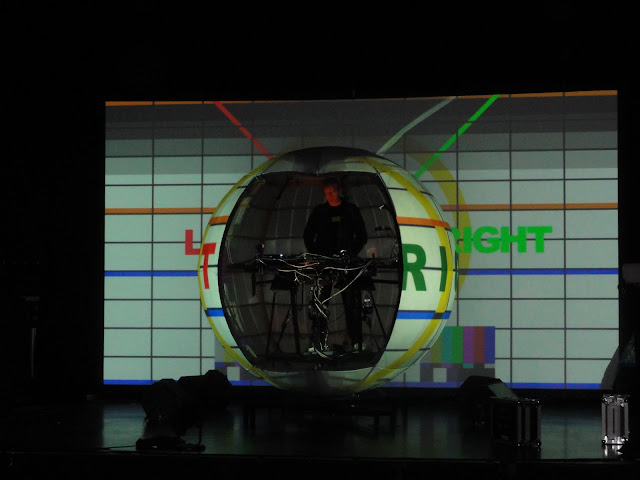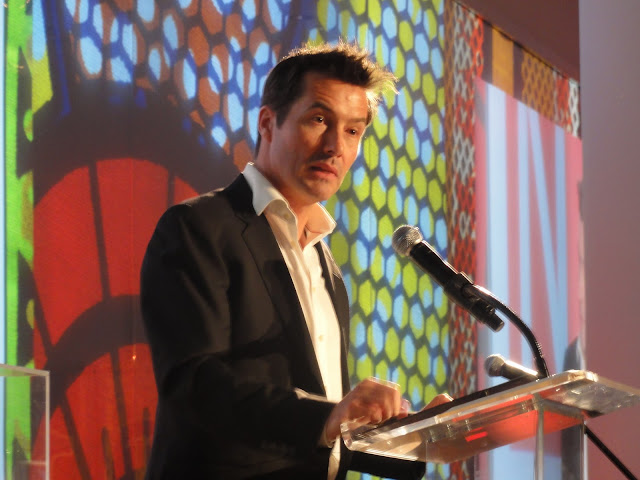CHICAGO IMAGISM(S)
Natalie and James Thompson Gallery
School of Art & Design, Jan Jose University
One Washington Square, San Jose, CA
November 16 - December 17, 2010
Tuesdays 11 am - 4 pm, 6 - 7:30 pm
Monday, Wednesday - Friday 11 am - 4 pm
and by appointment
Chicago may be the best kept secret in contemporary art. It is, of course, one of the great cities of America, and best known in modern art as the place of birth or training of some of the most distinguished practitioners of the modern period. Thomas Hart Benton, John Chamberlain, Walt Disney,
Leon Golub, Robert Indiana, Joan Mitchell, Georgia O'Keeffe, Claes Oldenburg, Grant Wood, Frank Lloyd Wright and more all called Chicago home before moving on to other places. Less well known are the artists who stayed in Chicago and have been responsible there for the creation of one of the major independent regional art centers in American art. From Ivan Albright to H. C. Westermann, from Miyoko Ito to Richard Hunt, an indigenous attitude toward artmaking began to surface, and while it may be too much to argue that a single Chicago style has ever dominated the city, it could be said that a Chicago attitude has. An abiding interest in the human figure under stress, small scaled and scrupulously rendered images, a predilection for symmetry and pattern, tight composition, high-keyed color, a kind of surrealist/proletarian humor, an affection for vernacular culture, hard-edged painting, and fierce idiosyncratic independence has, from Albright to today, always marked much of art made in Chicago. (And perhaps this exhibition may also provide an opportunity to raise the issue of the degree of the sympathies and similarities, conceptual and/or stylistic, between Chicago Imagism and Bay Area Funk.)
Although Chicago has been home to artists of every stamp and approach, the attitude described above, perhaps most fully realized by a group of artists now known as the Chicago Imagists who emerged in the late 1960s, helped define Chicago as providing an independent and alternative vision to the art produced on both coasts, retaining a concern with the figure and a kind of blue-collar craftspersonship that somehow reflects this most American of American cities. This exhibition looks at that tradition, including several artists culled from the great generation of Imagists of the 1960s, several from what is called “Second generation Imagism,“ and more recent artists who variously, although several of them would deny it–work in Imagism's wake. This exhibition includes recent work by all of the living artists in this genre, whatever their generation, in order to present Imagism and its stylistic and iconographic tenets as an ongoing concern, not as an art historical artifact. This includes
Phyllis Bramson,
Roger Brown, Davis & Langlois, Laurie Hogin,
David Klamen, Eric Lebofsky,
Gladys Nilsson,
Jim Nutt, Jason Salavon,
Hollis Sigler,
Karl Wirsum, and
Mary Lou Zelazny.
While Imagism does not completely define Chicago (it didn't even do so decades ago), it continues to manifest the core tradition of one of the core cities of our country. With a Chicagoan and his family today living in the White House (their home in Chicago about a mile from the Hyde Park Art Center, where the Imagists first exhibited in 1966) this is a particularly opportune time to look at some of the riches that partially define it as a major American art center.
James Yood, Curator, Chicago Imagism(s)
Adjunct Full Professor in the Department of Art History, Theory and Criticism and Director of the New Arts Journalism program, School of the Art Institute of Chicago Chicago correspondent to Artforum.
In conjunction with the opening of this exhibition, James Yood, curator of the exhibition, will discuss the historical and contemporary practitioners of the Chicago Imagist school on November 16 from 5 – 6 pm in Art #133. The public reception for the exhibition will follow immediately thereafter in the Gallery.























































